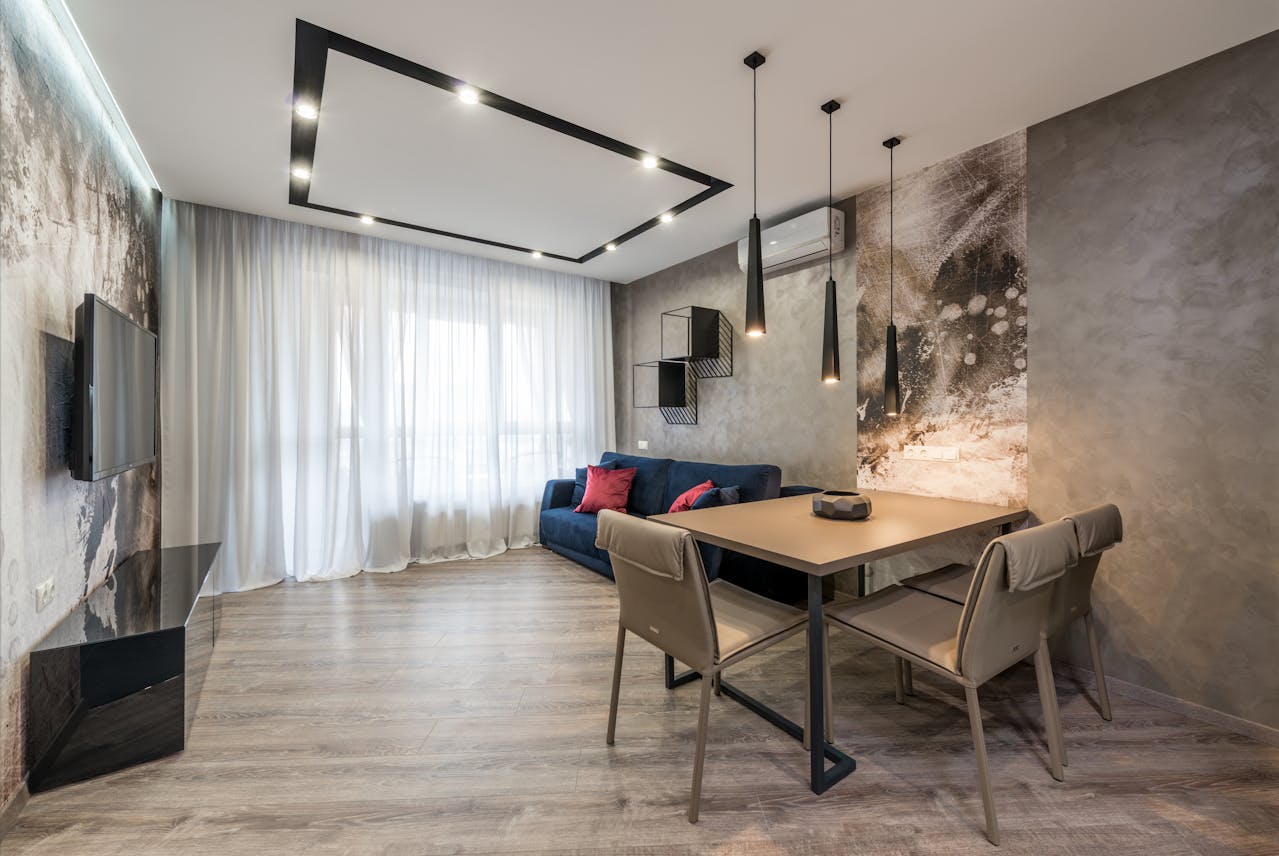The influence of nature in architecture is evident through biomimetic forms and naturally inspired building concepts.
Over the years, architecture has been influenced by various factors apart including which era and when it was established. Various influences that we see are in the way a building has been constructed, i.e. the form of the building, the various structural elements of the building, etc. Nature has been one of the most evident influence in architecture and in various forms over the years.
Since time immemorial, nature and the environment have inspired various aspects of our lives. The humbleness and the beauty of nature have been one of the most inspirational idea for humans. This deep-rooted connection showcases how nature affects architecture across cultures and centuries. Small dwellings and the pattern of their arrangement have been inspired by nature.
Architecture inspired by environment balances innovation with sustainability and natural beauty. Natural forms are not created by a single force or event or by the simple coexistence of many parts; it is the interaction of each part with its immediate surroundings that initiates processes. This interdependence reflects the core of organic architecture principles that shape harmonious environments.
Architecture is not far behind when it comes to being inspired by nature. The examples of the same are quite prevalent all over the world, and over the centuries, from prehistoric times to the present day, nature and architecture connection go hand-in-hand.
Claude Levi Strauss once quoted-
“City is a congregation of animals who enclose their biological history within its boundaries and at the same time, through their every conscious action, mould and shape it.”
Ancient Greek Temples: Nature-Inspired Grandeur
Built during the first century era, Ancient Greek Temples reflect nature-inspired architectural design through motifs like leaves and vines carved into columns and facades. Their symmetry and use of natural materials showcase early organic architecture principles that still influence modern design.
Sagrada Familia: Biophilic Elements in Historic Architecture
Whether on the façade or the internal columns, Sagrada Familia is one of the finest examples of biophilic design in modern buildings.
Its organic columns resemble tree trunks, and the intricate carvings are reminiscent of foliage and wildlife, blending art and natural inspiration seamlessly.
Lotus Temple, New Delhi: Nature-Inspired Spiritual Space
One of the most peaceful and visited places in the world, also inspired as a Building Form and Structure from nature. The inspiration draws from the strength of Lotus petals and it withstanding the greatest of forces. This architectural marvel reflects sustainable architecture with natural elements drawn directly from flora.
Reflective pools surrounding the temple symbolize harmony and introspection, common in eco-friendly building design.
The Gherkin Tower, London: Modern Organic Architecture
London’s one of the most famous and inspiring modern architectural feats, the Gherkin Tower, takes its inspiration from the Venus Flower Basket Sponge. This is a perfect example of using natural forms in architecture to influence structure and design efficiency.
The hexagonal skeleton mimics the sponge’s exoskeleton and gives it both strength and translucency.
Image credit-pixabay
Key Ways Nature Inspires Architecture
In conclusion, architecturally, nature has inspired architects and their buildings in the following ways:
1. Form and Surface of the Building
Lotus Temple and Gherkin Tower take inspiration from nature by imitating the form, the surface, and the structure of the species, and that becomes the main visual surface of the built form. These buildings are shining examples of nature-inspired architectural design where form follows environment.
2. Engravings or Embossing
Ancient Greek Temples have elaborate columns with frescos of nature-imitating engravings or embossing. Also, the Cathedral Sagrada Familia has the façade heavily engraved with nature-inspired frescos, showing clear architecture inspired by environment. This intricate detailing showcases the enduring influence of nature in architecture over the centuries.
3. Structural Stability
In the Sagrada Familia by Gaudi, we see that the inside columns are tree-like, and leaves on the ceiling also act as the roof and support system. Such a nature-inspired architectural structure is a hallmark of organic architecture principles. Tree-like supports have developed today and are still in use as a prominent type of support in eco-friendly building design.
4. How We Interact With Nature
Reflective pools of the Lotus Temple and in front of the Taj Mahal are good examples of such inspiration by nature. How we see our reflection in the sea, how we interact with nature, and how it responds is also depicted in architecture. This demonstrates the profound nature and architecture connection that shapes human experience and design.
Nature continues to be the most profound influence in the field of architecture. From forms to materials and even emotional responses, it shapes the way we build and inhabit the world. The biophilic design in modern buildings, inspired by flora, fauna, and natural systems, is not just a style—it’s a sustainable way of life. Let nature be your guide as you imagine, build, and dwell.



















